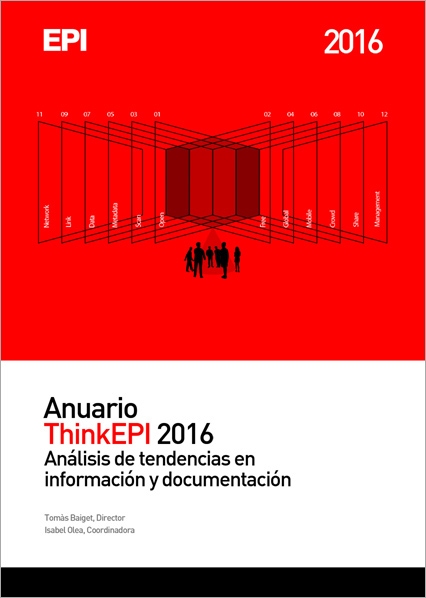New tools for reading on screen: active reading
DOI:
https://doi.org/10.3145/thinkepi.2016.60Keywords:
Reading, Digital readers, Active reading, Reading processes, Reading types, Electronic books, Digital books, Digital reading applications, LiquidTextAbstract
Current educational, professional, and academic environments require skills and accurate tools to efficiently manage large volumes of information. Reading skills are a key aspect in this regard. A new generation of reading tools are necessary; they should be simple to use, yet capable of managing information powerfully. Their aim should be empowering readers by helping them to become more skilled readers capable of an active, effective, and efficient reading. In particular, active reading on digital displays requires assistance in four basic processes: annotation, extraction of content, navigation, and improved effective design. The LiquidText application is analyzed as an example of how new models and metaphors can facilitate interaction with digital texts by reducing complexity through an intelligent simplicity, which is, after all, a recurring demand of contemporary digital design applications.


